Things have been moving fast and furious lately.
Working long hours, late nights, and on weekends to keep up with all the nonprofit work.
This past weekend, my body revolted, and I had an appendix attack. I was immediately rushed in for emergency surgery.
My body stopped me in my tracks.
Bodies are systems.
As systems, they are meant to fix problems, maintain stability, and achieve equilibrium. Peter Senge notes in the Fifth Discipline Fieldbook, “They ensure that every system never strays far from its ‘natural’ operating range.” They are self-correcting and self-regulating.
This week made me reflect.
Our organizations are systems as well.
We don’t often have the time to stop in our organizations and reflect on operating systems. Think about your organization. Your schedule, to-do list, day, etc., is full. The more you have to do, the less time you have to sit down and figure out what is going on. Your focus becomes off, your collaboration with other team members doesn’t happen, and then things seem to fall apart, or you feel like you are just not making progress.
Constantly running up the same hill, and then like Sisyphus, you come right back down.
Like my appendix, sometimes there is something that happens that causes everything to stop. And the same is happening daily, weekly, yearly within your organization.
Here are some steps to start to diagnose systems loops and bring them back into balance.
1) Take a look at the ultimate goal and how you are meeting that goal. Are you on target or not? What appears to be happening?
For example, we are not hitting set revenue targets. The organization has a great mission, programs, and services and should be attracting existing supporters to give more and new supporters to start contributing.
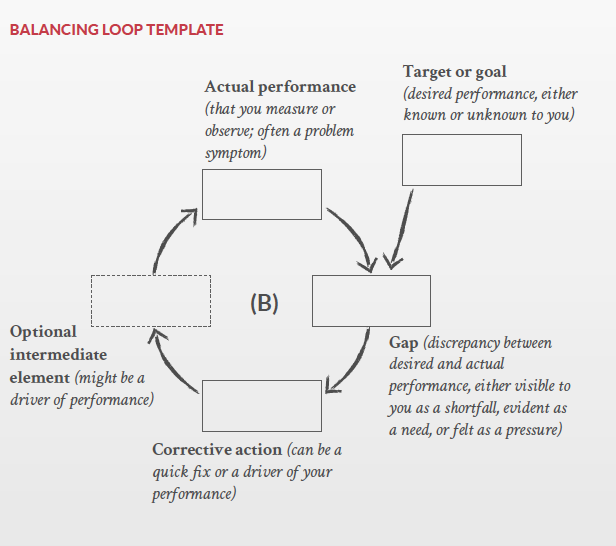
Using the Peter Senge’s Balancing Loop Template to solve any of your nonprofit organizations greatest fundraising challenges
2) Determine what is the “gap” in your desired goal and where are you?
For example, we are at 50% of revenue targets. The organization just completed a major capital expansion program, and now staff resourcing was moving into less of an active state. Efforts and staffing were being adjusted. Revenues in some critical areas were either stagnant or not meeting targets.
3) Identify the “Growing Action.” That is what you do or someone else does to generate growth or decline.
For example, lack of staff focus on what is essential—working on details that are not revenue producing, lack of direction, and staff accountability. The organization began to review its targets and its statistics to determine actual causes. Leadership evaluated staffing time, and the staff was spending their time and on what tasks.
4) Name your “Optional Intermediate Element” or what may be a driver of performance and a consequence of action.
For example, dollars are declining, and donors are falling off, not spending enough time with donors, etc. What best practice demonstrates is that donors like attention. They need “donor care” and stewardship. Since donors have choices, they began going elsewhere.
5) Notice the resulting outcome or “Actual Performance” regarding what you measure or observe, which you can see declining or increasing.
For example, donors are dropping off; newer donors are not joining, people out in the community are not referring new people, etc.
6) Share the “Optional Intermediate Element” or what might be a consequence of performance.
For example, donor revenue is not increasing, the staff is not meeting goals, etc.
I could use this same model for my appendix and how stress, overwork, and other pressures, caused my body to “balance” and self-regulate itself. You can do the same for any problem in your nonprofit organization’s fundraising, staffing, or any other issue that deals with good service.
While we think an outcome is linear, it is not. It results from many other interactions, pressures, delays, and other things that cause system failure or even growth at times.
Can you identify your most significant challenges at the moment and the systems that are latently at play within your nonprofit organization?
Photo by Kelly Sikkema on Unsplash
Consider grabbing a copy of my Development (Fundraising Team Meeting Agenda) that includes the different types of agenda items that you should be sharing and discussing at your next Fundraising Staff meeting.
Development Consulting Solutions has a team of experts who can meet your needs by serving as your grant reviewer, grants researcher, proposal template developer, and ongoing grant writer. Check out our list of grant writing services here. Contact us today to discuss your grant writing needs.
Join my new nonprofit “community” who are surviving and thriving! Click HERE to join my private Facebook group: Nonprofit Survive and Thrive Mastermind and receive support and inspiration to drive your results.
Get my {FREE} Build a Better Board Ebook…
Many Board of Directors still operates at the management “Day to Day” operational level, not realizing that they have a far more significant and greater responsibility to steward the organization’s health.
In this FREE e-book, learn:
- What is good governance and what is not
- How to build your best Board now
- How to move your organization from management to governance
- and how to ensure the future stability of your organization!
https://developmentconsultingsolutions.ac-page.com/nonprofitgovernance
For a free, 30-minute consultation or to learn more about our “Survive and Thrive” professional coaching services, visit us here at www.developmentconsultingsolutions.com/coaching or book your fundraising coaching session http://calendly.com/developmentconsultingsolutions/30min.


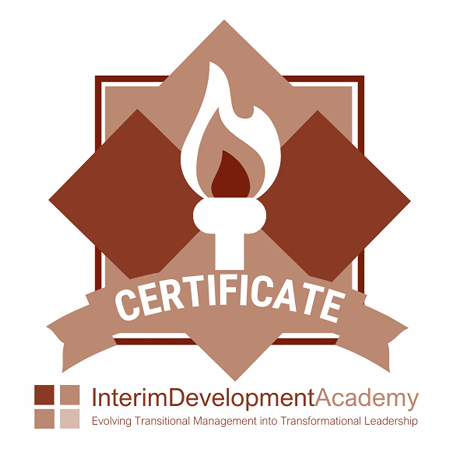

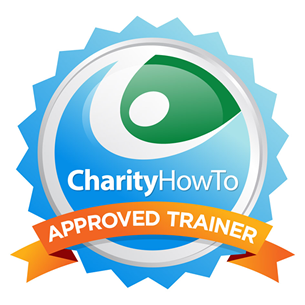
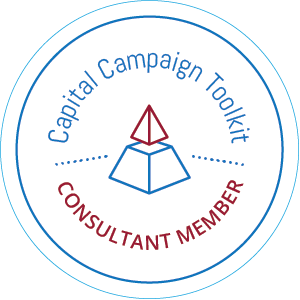
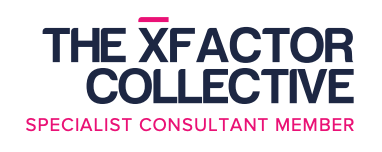
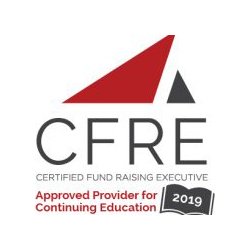



Leave a Reply
Want to join the discussion?Feel free to contribute!